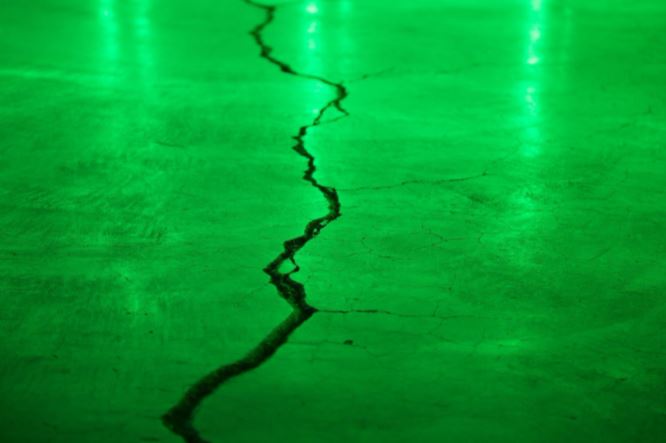Concrete is the commonly available building material. It is not only durable but also affordable. However, concrete slabs develop some blemishes in the long run. See those cracks or disfigured concrete slabs? A concrete slab with blemishes is not aesthetically pleasing.
The good news is that the correct choice of construction materials, the right tools, coupled with the right construction skills, can save your floor from blemishes.
Here is how to turn those cracks, spalls, blisters, curling, and scaling on your concrete slabs into beauty. Note that it’s important to involve concrete repair professionals in your work.
Common Concrete Slab Problems And How to Repair Them
Here are common slab problems and how to repair them.
Blisters
Blisters are bumps of varying sizes on your concrete floor. They are formed when air is trapped beneath the concrete during construction. You can usually identify them when laying the concrete slab.
Solution
The easiest method to solve the blister problem is mechanical impact. Protrusions such as blisters are ground using concrete grinders or, better still, rubbed down with a carborundum stone.
Cracks
Cracking is one of the most prevalent problems with concrete slabs. Concrete slabs are rigid and, therefore, can be broken easily. Freeze-thaw weather circles, shifting soils, and hydrostatic pressure are just some of the reasons concrete slabs form cracks. Cracked concrete slabs let in radon, moisture, and soil, which encourages mildew and moss growth, which can ruin wooden furniture.
Solution
More concrete can be used to fill cracks, which is not effective in the long run. Concrete contains bond strength as opposed to tensile strength; therefore, the patch will come out under traffic.
Use epoxy injection or polyurethane. Drill holes at various intervals along the crack and inject them with a non-corrosive high strength epoxy to effectively fill the crack.
Curling
Curling is when a concrete slab, which is normally square, loses its shape due to the corners folding upward. Temperature differences between the upper side and the downside are mainly to blame for curling. For example, the lower side may be hotter than the upper surface; therefore, it will expand more, causing the edges to rise upward. The concrete slab is destabilized as a result.
Solution
Prevention is the best solution to avoid curling. But when your concrete slabs curl, grinding the lifted corners is the next possible solution. You should fill the empty spaces created under the slab with grout to restore stability.
Scaling
Scaling is local flaking of the surface of the concrete slabs. The concrete pieces that come off are shaped like snowflakes. Small patches appear and extend to larger areas. The surface portion of the mortar is lost, and the rough aggregate in the worst-case scenario.
Substandard construction methods and doing finishing operations on the slab surface with bleed water are still the main causes of scaling. The application of deicing salts and freeze-thaw circles is also to blame for the concrete slab’s curling.
Solution
Resurfacing is the best solution for curling. First, get rid of the flaking surface using a jackhammer and concrete chisel. Next, prepare the surface to be repaired by cleaning it to eliminate dirt paint or oil stains, which prevent proper bonding. Now you can resurface using repair mortar and a trowel.
Please note that the new surface’s strength is dependent on the base concrete, so ensure that you only resurface on healthy concrete.
Spalling
The last problem in this category is spalling. Spalling is a situation where reasonable chunks of concrete come off the slab. Expansion within the concrete mass, pressure and rough weather are some of the reasons for spalling. Spalling causes more damage compared to blisters, and the holes can be up to an inch deep. Spalls can go all the way to the reinforcing steel in the worst-case scenario.
Solution
Start by measuring the depth of the pits left behind by spalling and assessing the surface’s condition to know which method to use.
Use straight cement mortar to get rid of small spalls. Preplace aggregate concrete, dry park mortar, or polymer concrete are best for larger spalls. Use the patching method in case of isolated spell areas.




 POSTED BY
POSTED BY 

